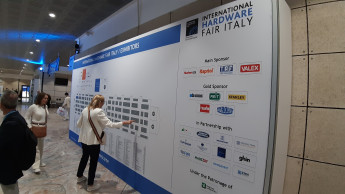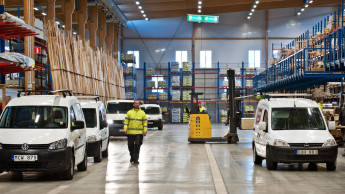

deep insights, facts & figures

The mistakes most frequently made when sourcing goods in China – and how to avoid them
Buyers often encounter trouble with their shipments from China because of faulty and low-quality products.The quality assurance process has to start right from the beginning: at the trade fair, when meeting the potential supplier for the first time. Here are some common mistakes related to quality assurance that buyers should avoid. Mistake one: Poorly defined specs, where “Design for Manufacturing” can lead to “Design from Supplier”. You decide to go factory-direct and give the supplier freedom to handle the product design, such as deciding on the materials packaging layout. This can lead to a final product that is substantially different from the original concept. Another subsequent problem here is that the supplier may think that their input means that they own the Intellectual Property Rights. A simple solution: separate the engineering from the manufacturing to protect your product design. You must also make specifications extremely clear. For example, if the barcode is too big or too small it may be unreadable to a scanner. Mistake two: Failure to audit the factory, falling for the golden sample. Factory audits and quality control (QC) are essential to China sourcing, because the supplier’s guarantee is not enough. Suppliers will also have perfect samples to show you, although the end product can be far worse than the initial sample. In order to make sure the product is of good quality and adheres to international standards, you need to have it certified by an external QC expert. Mistake three: Who is the project manager? Very few suppliers will make the effort to keep you up to date about the production status – the buyer has to lead the project management. A common problem in China is the lack of communication; it is normal if the supplier does not contact you. Chinese suppliers will tend to conceal any problems, firstly because they don’t want to “lose face”, and secondly they fear that you will quickly switch to another manufacturer. This is also why it is important to have staff on the ground to check regularly on the supplier. The key to communication is to try and build a good relationship – invest in time and talk to them in person. Agree on steps in the supply chain to review the progress together. This advice was put together by Fiducia Management Consultants, a professional service provider focusing on Greater China. With three offices located in Hong Kong, Shanghai and Shenzhen, and a multinational team of 90 staff, Fiducia provides China…
Related articles
Read also

 Menü
Menü












 Newsletter
Newsletter